10 incredibly painful initiation rites, some of which are still practiced today
Categories: Culture | Nations | World
By Pictolic https://pictolic.com/article/10-incredibly-painful-initiation-rites-some-of-which-are-still-practiced-today.htmlEven in the technological XXI century, there are places on the planet where people have to undergo painful rituals that should confirm their maturity, dexterity or the power of faith. The horrors of initiation are compensated for these unfortunate people by the fact that they thus become full members of society. In our review you will find 10 of the most painful initiation rites, some of which are still practiced today.
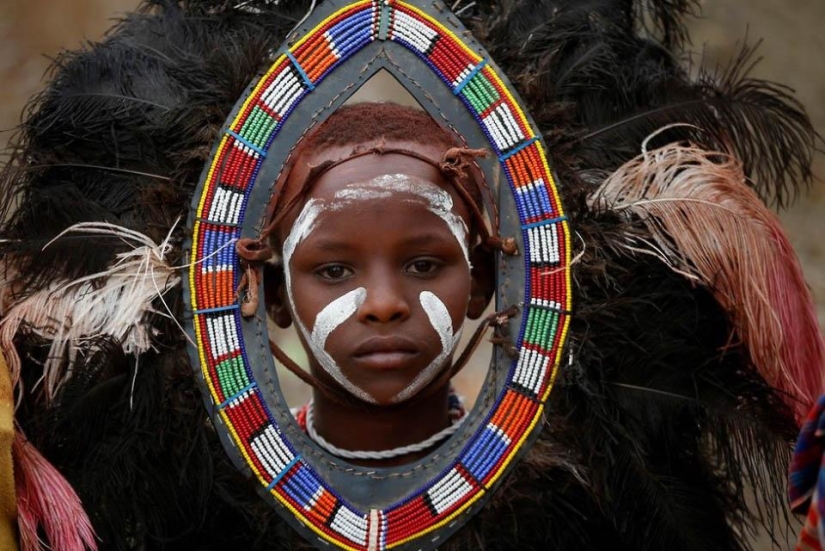

Tribes living along the Sepik River in In Papua New Guinea, the tradition of scarification has been used in the initiation of boys into men for many decades. During this ceremony, young people were cut off pieces of skin along their backs, breasts and buttocks. With the help of such scars, complex patterns were made to imitate the rough skin of a crocodile. Local tribes considered crocodiles sacred animals. The ritual could take several weeks.

In the South Pacific Ocean, on the island of Pentecost, local tribes build wooden towers with a height of 20 to 30 meters. Then such structures are used for a kind of extreme form of bungee jumping, during which only two vines hold the jumping person. The ritual is carried out to ensure a good harvest of sweet potatoes and a successful year. Also, with the help of this ritual, boys are initiated into adulthood. 7-8-year-old boys jump upside down from towers. Naturally, concussions, broken legs and necks, as well as sprained ankles regularly occur.
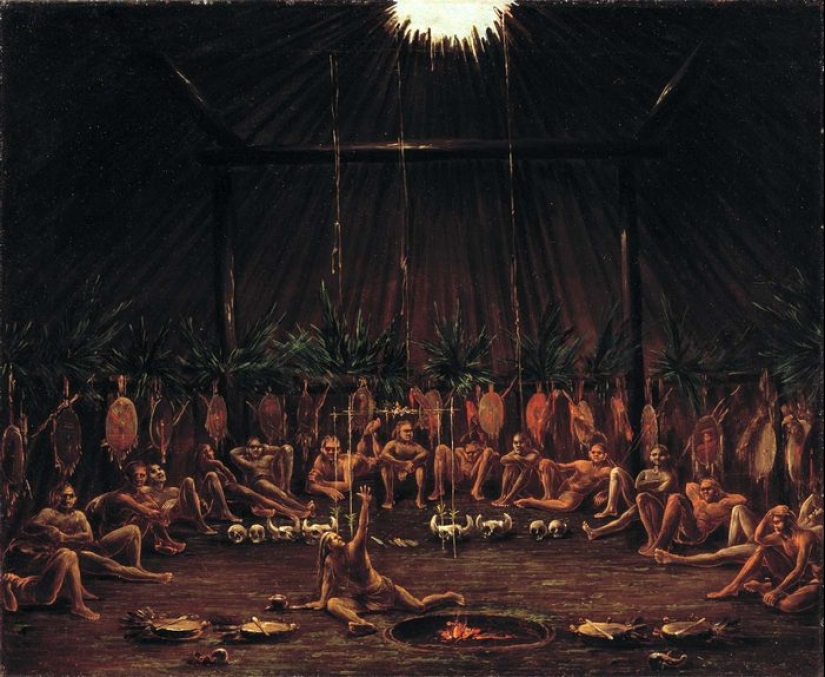
Among the Mandan Indians, there was an okipa ceremony consisting of various painful trials, with the help of which the warriors proved their physical courage and received the approval of the spirits. Okipa began with the fact that young people did not eat, drink or sleep for four days. Then the boys were brought to the hut, where they had to sit, smiling, while the skin on their chest and shoulders was cut, and wooden skewers were shoved under the muscles. On such "skewers" young men were suspended under the roof of the house, where they hung until they fainted. To make the process even more painful, extra weight was tied to the legs. After the future warriors fainted, they were removed, and upon awakening, the little fingers on both hands were chopped off with an axe.

The ancient Romans also had their own method of initiation. Infibulation is the process of suturing the foreskin. With the help of a wire or metal fastener, the foreskin of the penis was closed, leaving only a tiny hole for urination. This was done for several reasons. For singers, infibulation has helped to preserve their voice for many years. It was also believed that such a process preserves the power and vitality of gladiators. And young men were subjected to this procedure to keep them from masturbation and sexual intercourse.
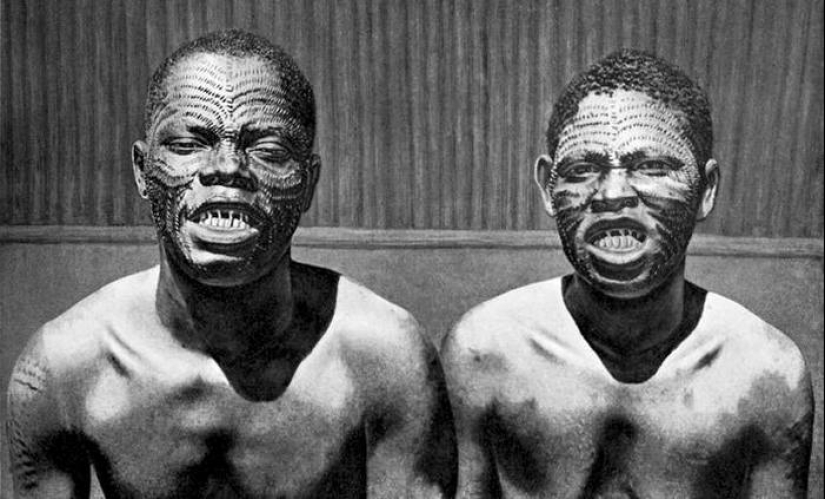
The women of the Mentawai tribe in Sumatra are subjected to a painful practice known as filing teeth. Local shamans chip off the corners of their teeth with a stone blade and a hammer. As a result, young girls get teeth that look like shark teeth. It is believed that this makes them more attractive.
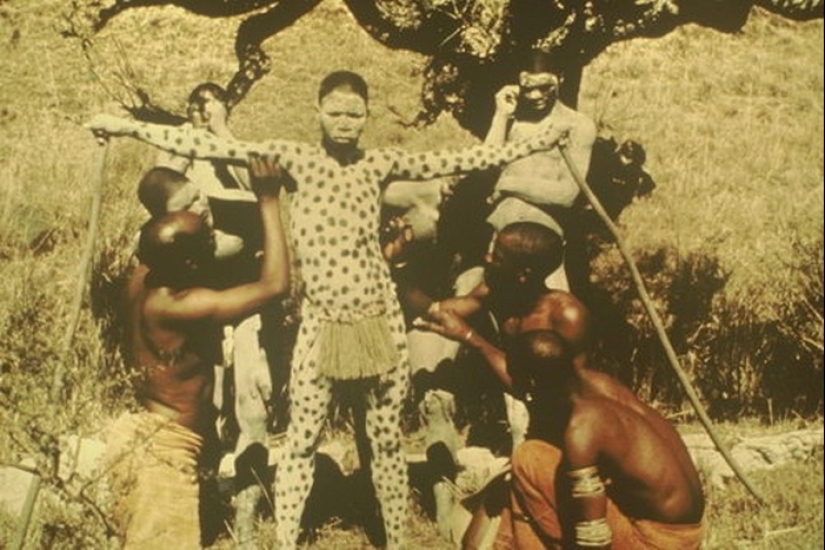
In the Xhosa people in South Africa, before the initiation of a boy into adulthood, a hut is built for him in the mountains. There he lives for the next few weeks, after which a shaman suddenly comes and performs circumcision. Remarkably, the foreskin is often removed with a blunt blade. After this procedure, the boy is left alone again, and he cannot eat or drink water until he is healed. Is it worth mentioning the highest risk of infection.
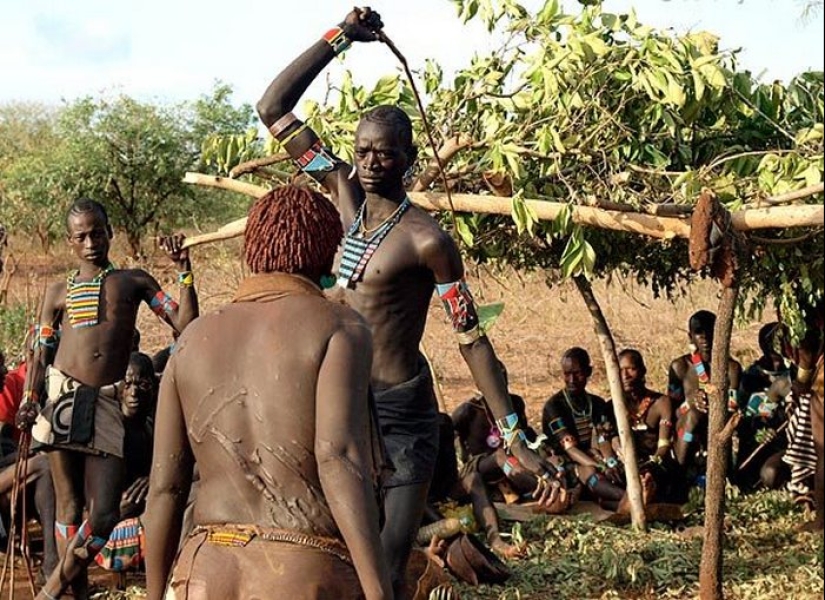
The Fulani tribes living in Benin have led a nomadic lifestyle in West Africa for many years. In order for a boy in this tribe to be considered a man, he must endure a ritual during which he is beaten to blood with a whip. During the ritual, the strength, self-control and courage of the young men are tested. The initiates stand opposite each other and strike three as painful blows with the whip as possible in turn. So they take turns beating until the crowd chooses the winner who better withstood the pain, despite the wounds.
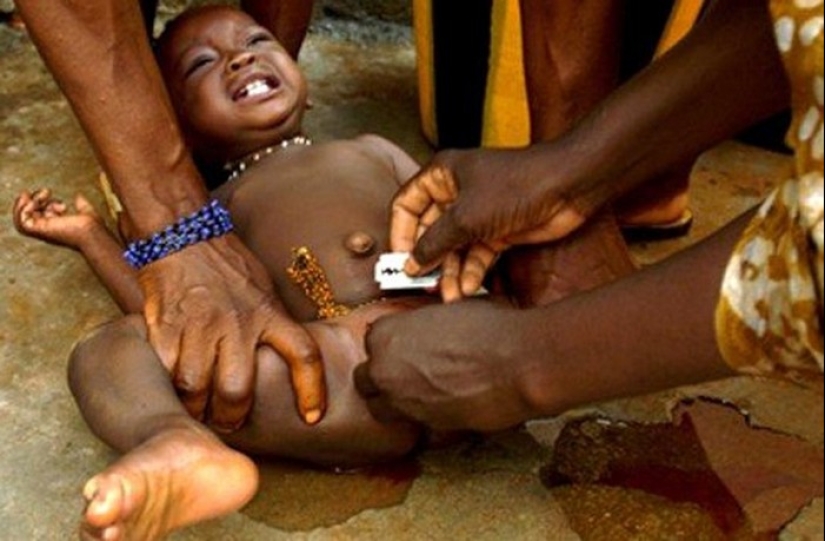
Girls from the Sabinai tribe in Uganda have their genitals circumcised so that they can be considered women. If the girl can survive this very painful procedure, then she proves that she is strong enough to withstand any life trials. During female circumcision, the clitoris is either partially circumcised or completely removed. Sabinai believe that this will make a woman faithful to her husband and keep her from sexual promiscuity. With circumcision, infection and the likelihood of death are very high.
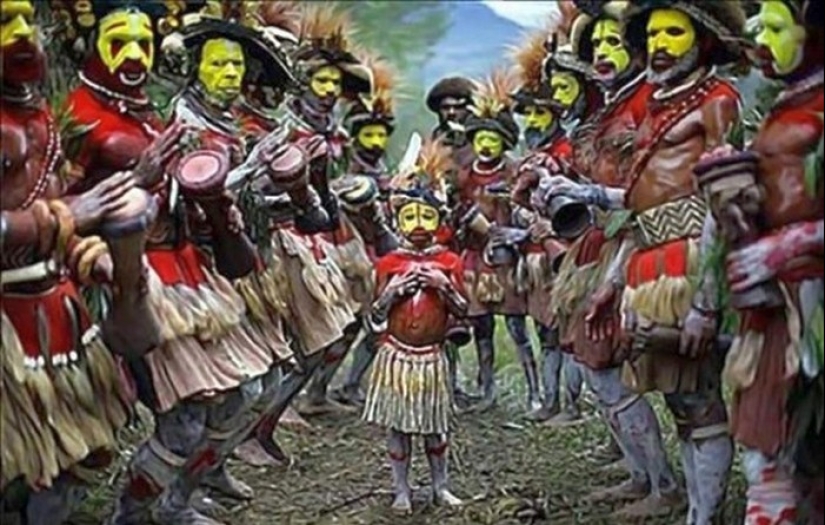
Deep in the mountains of Papua New Guinea, there is a terrible ritual. Matausa believe that boys need to be cleansed of "bad maternal blood", otherwise they will suffer all their lives and they will never be considered real men. First, thin reed tubes are inserted into their throats to induce vomiting until they bleed. Then similar tubes are inserted into the nose to expel the "bad" mucus from the body. At the end of the ritual, several incisions are made with a knife in the tongues of the young men.

The Brazilian tradition of the Satere-Mave tribe of the initiation of young men into warriors has become notorious in recent years. Explorers, adventurers and documentarians flock to the Amazon to see what is considered one of the most painful rituals on earth. Just one bite of a poisonous ant-bullet is comparable in pain to a bullet wound. Intense pain lasts for a day and can lead to vomiting, nausea and cardiac arrhythmia. And it's all from one bite. Satere-mave also take about 30 similar ants and place their stings inside in a glove woven from leaves.
The initiated boy must put his hand in a glove and hold out for 10 minutes without screaming. He and the rest of the tribe have to sing and dance at this time to distract the boy from the pain. After the ritual is completed, the teenager will suffer from bites for several more days, but will be one step closer to becoming a warrior. To fully complete the initiation ritual, this process must be repeated 20 more times over the next months.
Recent articles

Leonardo da Vinci was accused of being fond of orgies. William the Conqueror, despite all his successes, was called a "Bastard" ...

Modesty? Decency? A sense of tact? No, you haven't heard! Just look at what the people from the selection below are doing! No ...

American documentary photographer Bruce Davidson came to the UK in 1960 for a couple of months on the assignment of Queen magazine. ...